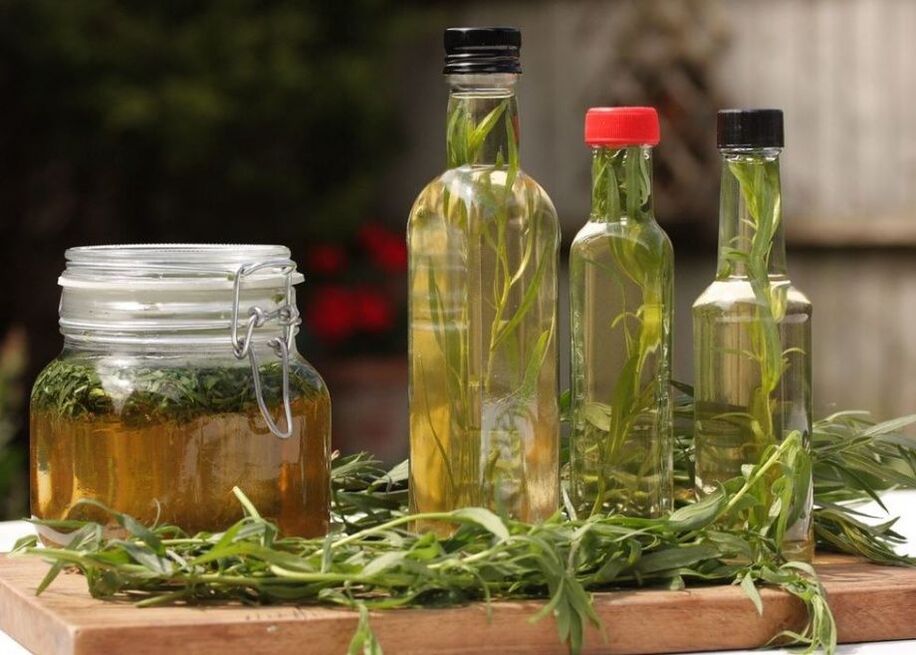hydrogen peroxide
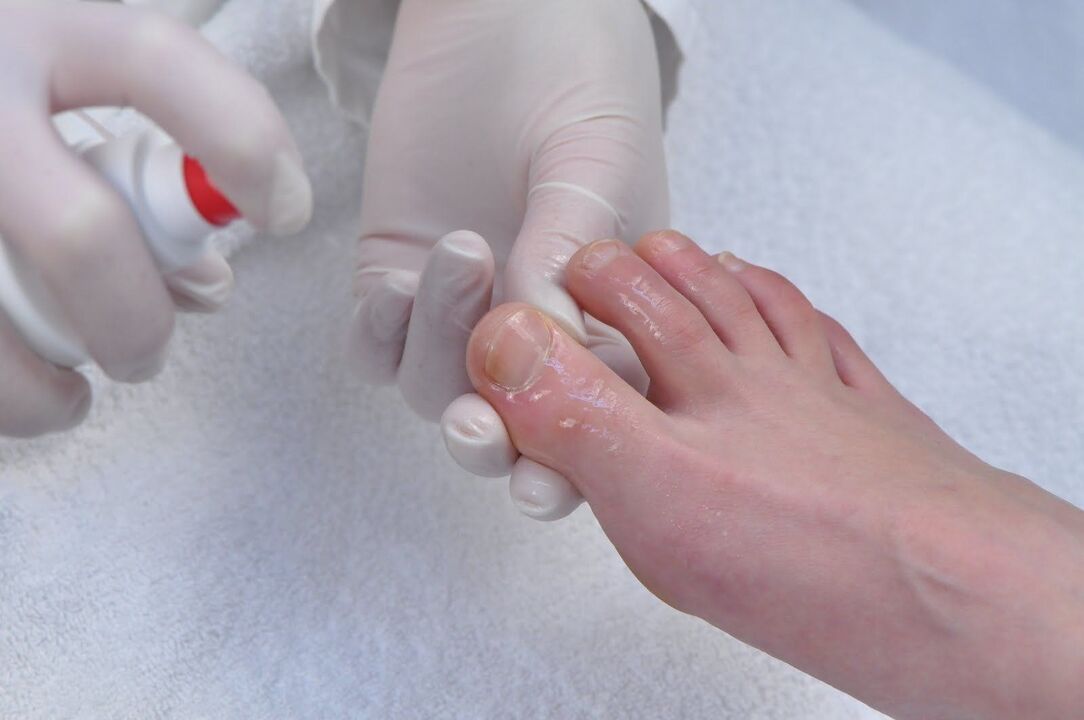
vinegar
iodine
Propolis
tar soap
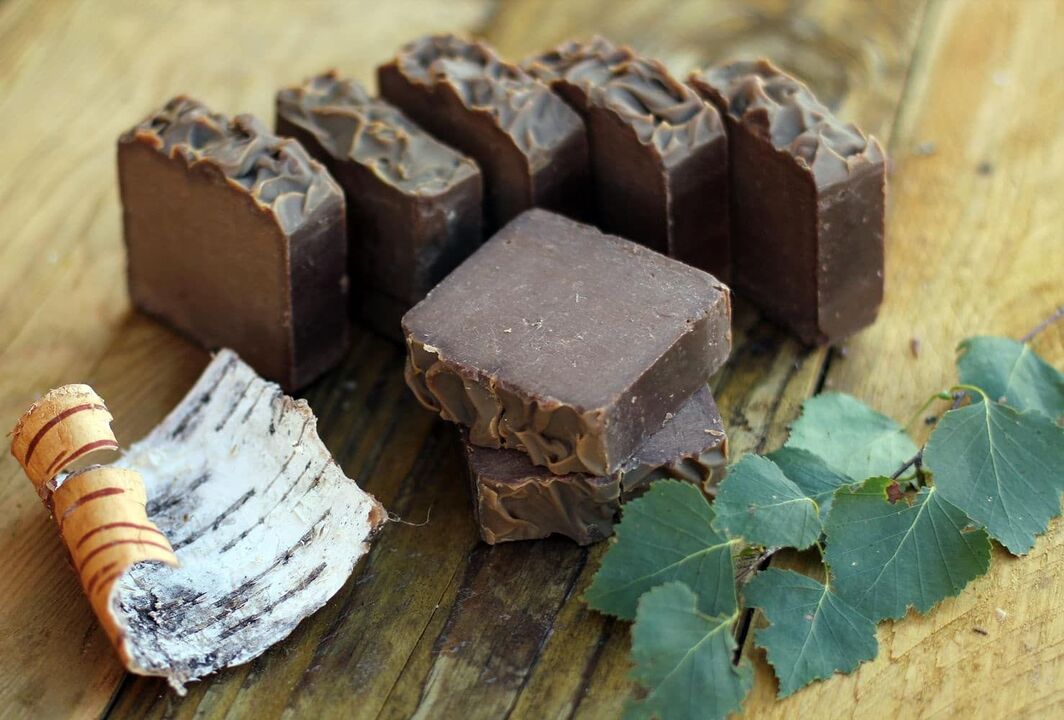
tea tree mushroom
soda water and celandine
garlic and manganese
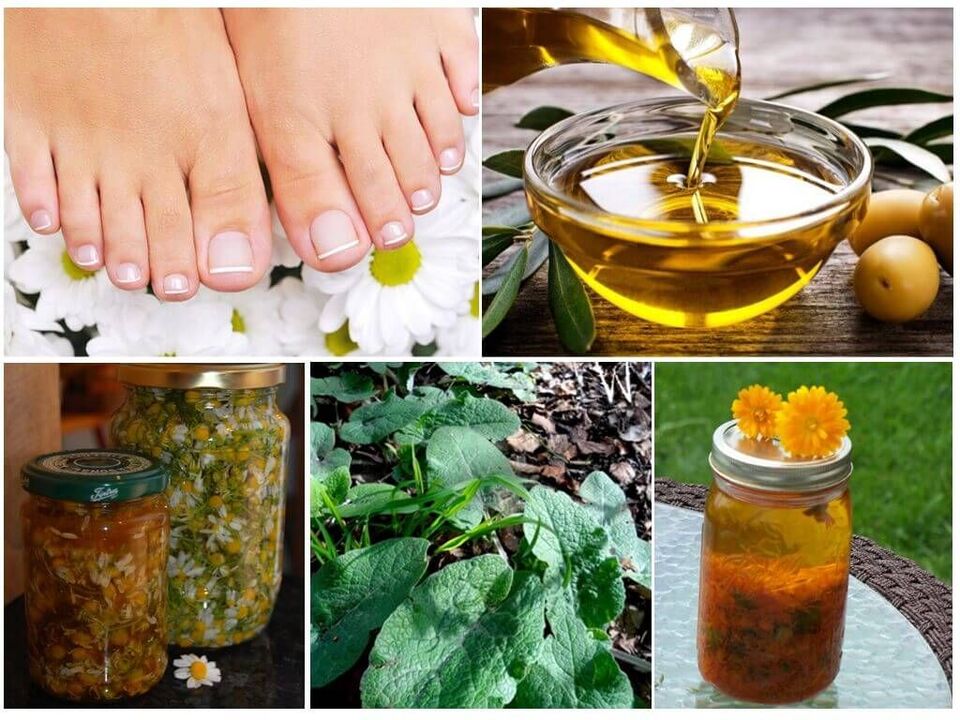
Diagnosis of fungal diseases of the legs
- A dermatologist will carefully examine the fungus under a microscope.
- Indicate the source of infection.
- Reveal the cause of disease.
- An accurate diagnosis will be made based on the tests performed.
- Give treatment.
How to Treat Foot Fungus at Home with Vinegar.
- How to Use Vinegar to Treat Foot and Nail Fungus.
Soak your clean feet in water with vinegar, preferably wine or apples. Make the concentration according to your own judgment - the stronger the concentration, the faster the treatment will proceed, but if there are ulcers and skin erosions, then a concentrated solution will corrode the affected area. Develop solutions to make them tolerable. Wear clean socks soaked in vinegar to bed—an acidic environment is harmful to fungi. - A mixture of vinegar and carrot juice.
Mix 1 tbsp. A spoonful of carrot juice and vinegar essence and use a cotton swab moistened with this ingredient to lubricate the affected skin area. Carrot juice promotes faster recovery and healthier skin. - Treat toenail fungus at home with egg and vinegar ointment.
Wash the eggs, dry them, put them in a glass, and pour 100 ml of vinegar. Leave in a dark place for 5-7 days until the shell dissolves, discarding remaining film. Add 100ml softened butter and beat. You will get an emulsion in the form of mayonnaise. Every night, steam your feet and apply the ointment to the affected skin in the form of a compress and wrap it in plastic. Of course - until completely healed. A faster recipe for an ointment made with vinegar. Mix 1 tbsp. l. acetic acid, 1 tbsp. l. vegetable oil and 1 raw egg. Stir until a uniform mass forms. Apply this ointment between your fingers and wherever symptoms of fungal disease appear. - Mixture of vinegar and glycerin.
This method works well if most of the foot is affected. Mix 100 g of acetic acid (70%), 40 g of baby powder, 50 g of glycerin, 700 g of boiled (preferably distilled) water. Mix everything and leave it for three days, shaking well before use. Scrub your scrubbed feet with this mixture twice a day: Pour 1 tablespoon onto the palms of your hands. of mixture, rub and massage into skin until absorbed, rub three tablespoons into soles of each foot and between toes. The course of treatment is 11 days. Then wipe with the same composition once a day for 11 days. The disease disappears after the first week of treatment. But the 22-day course must be completed. Then rub this mixture onto your feet once a week for prevention. The recipe is taken from the newspaper "Vestnik ZOZH" 2007, issue 19, page 14. 32.
The best and most effective drugs to fight this disease
prevention
- Use only personal shoes and socks;
- When buying new shoes, try them on with just socks;
- Dry and clean outdoor shoes daily;
- Use separate towels and manicure accessories;
- Dry extremities thoroughly after each bath or shower;
- Enhance immunity;
- Treat nails regularly with iodine or hydrogen peroxide (especially in front of the pool);
- Don’t use fake nails;
- If the infected person lives in the home, disinfect all items and shoes regularly.
special procedures
- Use special means to peel off the nail plate. Complete removal requires 4-5 procedures. The most effective remedies: Nogtemycin and Nogtevit. Mechanical removal should be carried out by an experienced specialist, who always has access to nozzles of various diameters and hardnesses.
- Laser removal. It is performed under stationary conditions. This is the effect of the laser beam on the infected nail plate. Under the influence of high temperatures, the fungus dies completely; while healthy tissue remains intact. Contraindications to laser therapy include epilepsy, pregnancy, tumors, skin lesions, and endocrine system disorders.
- Surgery. The most thorough way to remove nails. The surgery is performed by experts using local anesthesia. Thereafter, the dressing must be changed every day for a week.
Why is it dangerous?
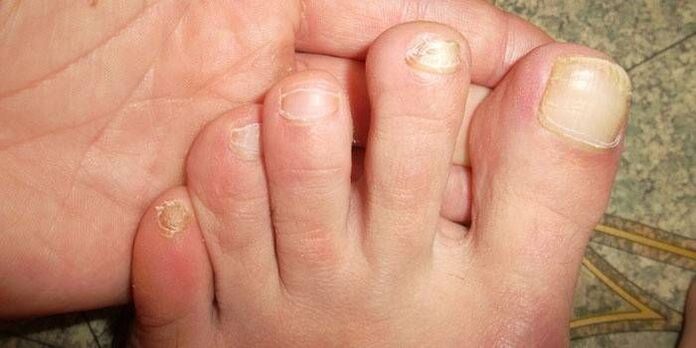
folk remedies
garlic and onions
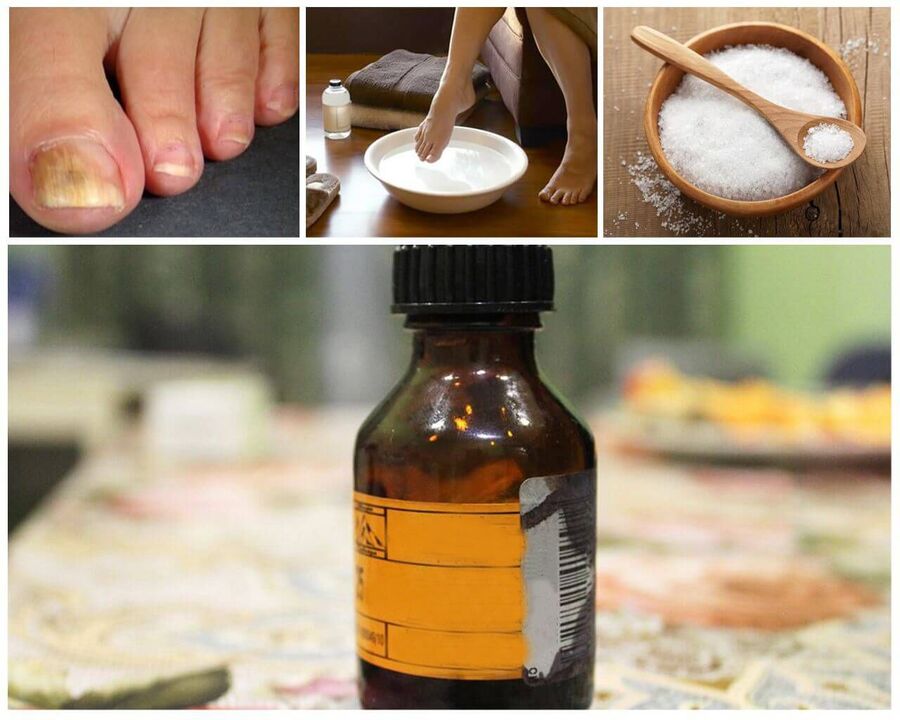
What are the uses of copper sulfate?
How to Treat with Salt and Soda
herbal treatment
tar soap
tea tree oil
